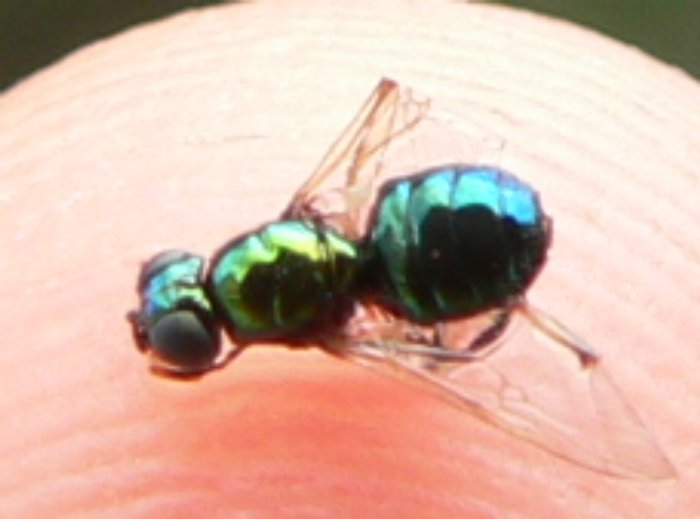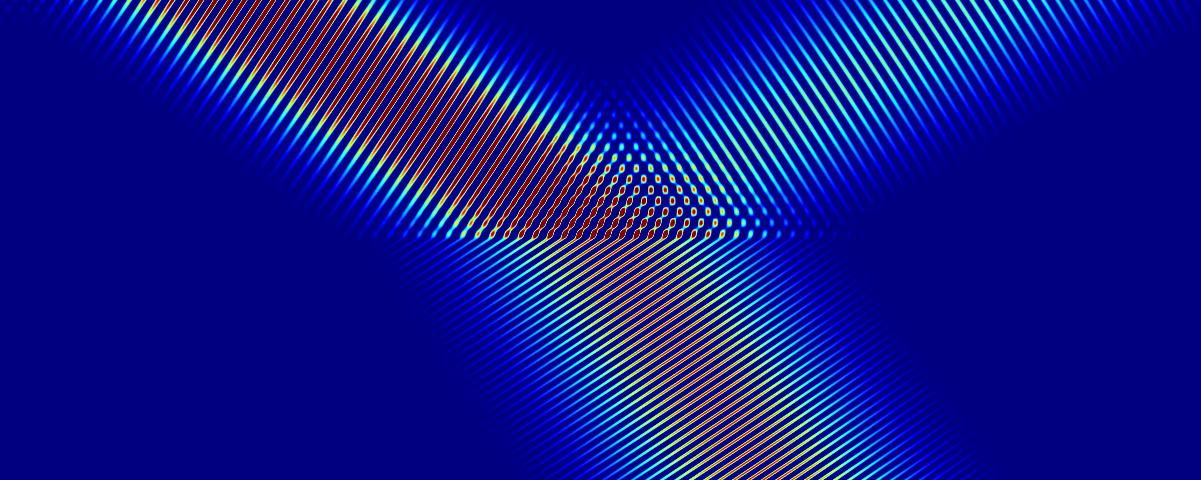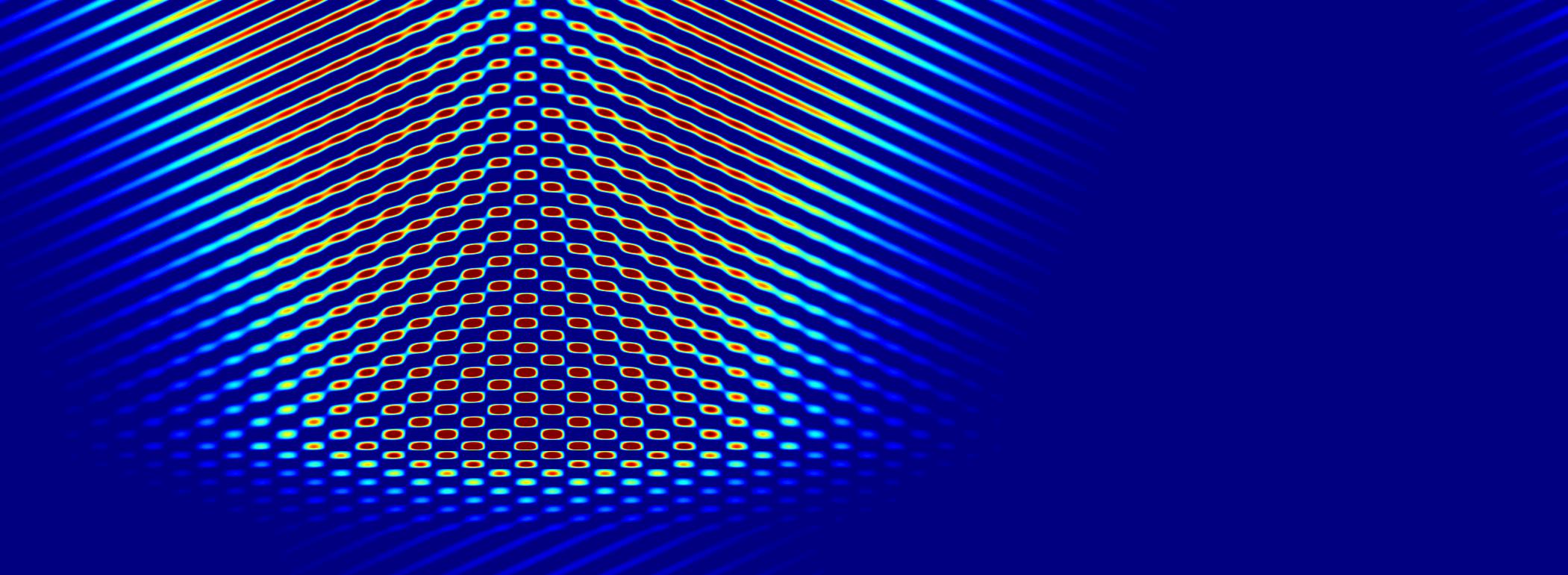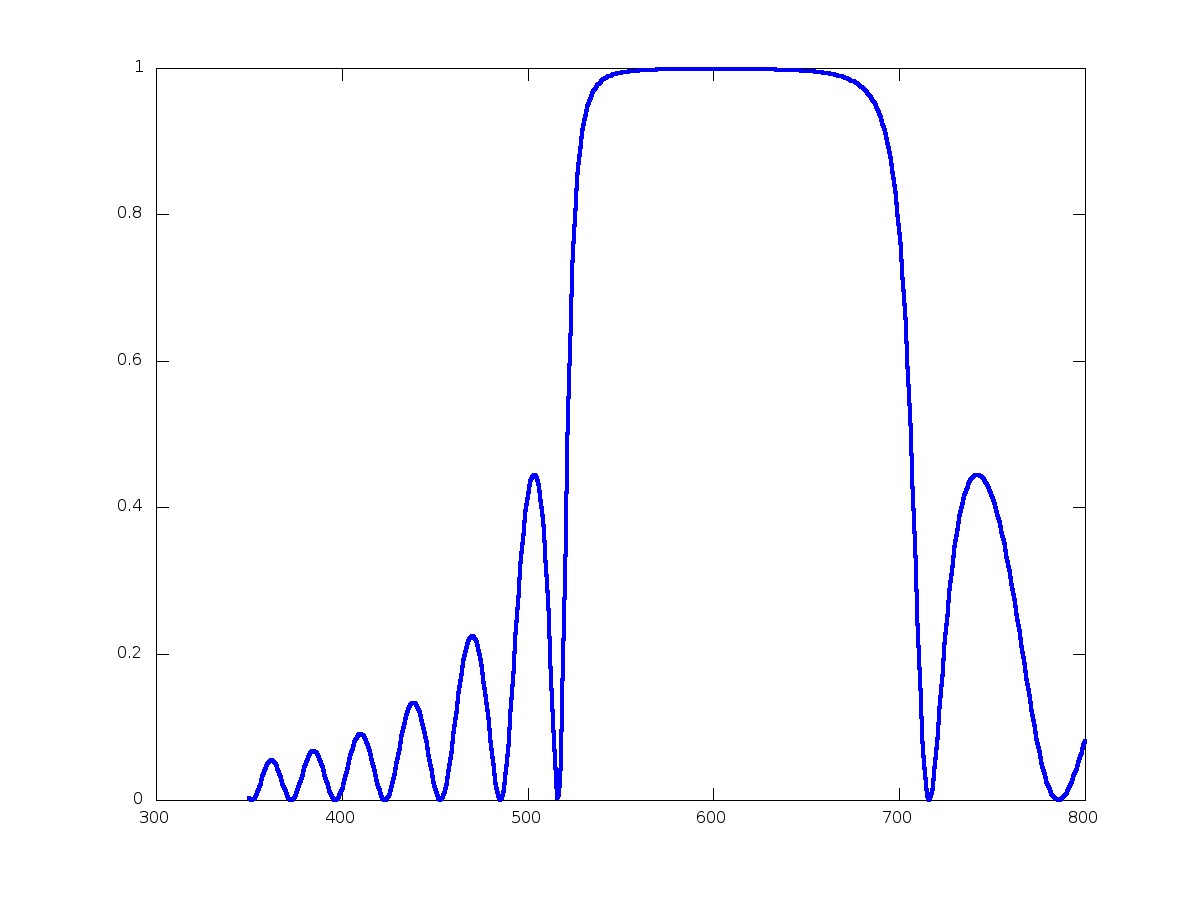Moosh is a code running under Octave/Matlab/Scilab, that allows to quickly simulate the propagation of a light beam in a multilayered structure. It has been optimized and it is very stable.
It will allow you to illustrate a lot of physical situations, ranging from the simplest refraction to the reflection by a Bragg mirror, as illustrated by the fly below.
Antoine Moreau













 When changing the angle, new resonances appear.
When changing the angle, new resonances appear.
 The resonances are in this case analogous to guided modes.
The resonances are in this case analogous to guided modes.






